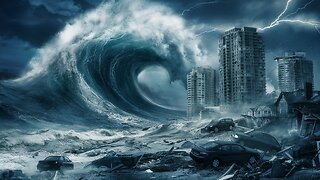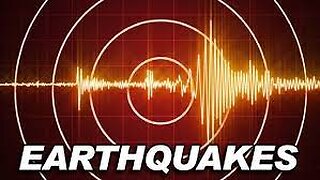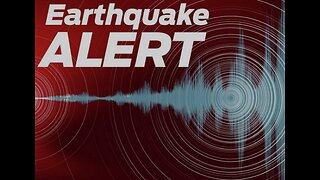Catastrophic Flood in Chile
Over several days starting from June 11, I observed heavy rains, strong winds, and thunderstorms battering central and south-central Chile. The regions of O'Higgins, Maule, Ñuble, Biobío, Araucanía, Los Ríos, and Santiago were hit hard, causing a series of severe weather events. Sadly, one person died, three were injured, and over 11,000 people were affected. In the Maule region, a man tragically died after a wind-toppled power line pole fell on him.
The situation was most critical in the Biobío region. On the night of Tuesday, June 11, the entire region, home to more than 1.5 million people, was declared a disaster zone. Authorities asked residents to limit travel due to the emergency.
A few days later in the city of Curanilahue, the Curanilahue and Las Ranas rivers overflowed after about 14 inches of rain fell in just a few hours, exceeding all the rainfall recorded in the region last year. Around 7,000 people had to leave their homes and move to safer areas.
Early Thursday morning, June 13, heavy rains also hit Santiago, the capital of Chile, causing flooding, power outages, and transportation issues. Schools and universities had to suspend classes. In Viña del Mar, 68 miles east of Santiago, an alert was issued about the possible collapse of a 12-story building with 200 apartments in the Reñaca sector due to a sinkhole measuring 50 feet long and 98 feet deep that formed under the building from the weekend rains.
This natural disaster damaged more than 2,300 homes and left over 60,000 households without electricity. About 1,000 farmers were affected, with losses amounting to around $200 million. According to official data, this is the wettest June in Santiago since 1982. The Chilean Meteorological Service issued a special "climate alert," the highest level of warning for the public due to heavy rains and winds affecting an area covering 14 of the 20 million Chileans, where authorities declared a state of "catastrophe." This level of alert had not been activated for the Chilean capital in the past two decades.
The Meteorological Service explained that the extreme weather was caused by a cold front accompanied by an "atmospheric river." It received a rating of 4 to 5 on a five-point scale for the amount of available water vapor, significantly increasing the expected rainfall.
As global temperatures rise, such events will occur more frequently and with greater intensity, leading to more severe destruction and loss of life. However, there are already technologies that can significantly slow the escalation of such catastrophes. This would give scientists more time to find solutions to preserve Earth for future generations. These unique technologies are discussed in the popular science film "Water from Air: The Path to Saving Humanity."
-
 0:36
0:36
EarthChangingExtremities
4 days agoMagnitude 6.1 Earthquake Depth 98 km Strikes Sucre, Venezuela on 23rd June 2024
6 -
 0:48
0:48
RT
4 days agoFlood aftermath following heavy rainfall in China
4.04K4 -
 12:47
12:47
AllatRa TV
4 days agoMexico NOW! Tropical Storm Alberto: Fatalities and Flooding from Mexico to Texas
59 -
 1:29:18
1:29:18
Creation Answers that Point to our Creator God.
5 days agoFlood Geology - The Receding Floodwaters and Noah's Flood
3421 -
 13:53
13:53
Creative Society
4 days agoWeekly Report on Natural Disasters #16. Hellish Heat During Hajj
3352 -
 9:59
9:59
Tío Ovni Chile
4 days agoFULL VIDEO UFO CAPTURED CHILE NAVY COASTAL OVERFLIGHT VIÑA DEL MAR AND SAN ANTONIO - 11-11-2014
93 -
 0:34
0:34
EarthChangingExtremities
4 days agoMagnitude 5.5 Earthquake Depth 10 km Strikes Tonga Region on 22nd June 2024
5 -
 55:00
55:00
Dane Wigington
5 days agoWeather Extremes And Crop Failure, Geoengineering Watch Global Alert News, June 22, 2024, #463
4.84K9 -
 0:54
0:54
RT
4 days ago‘And who said Russian cars are bad?’ | Vehicle makes it out of flood in Ufa
4.47K9 -
 0:46
0:46
EarthChangingExtremities
5 days agoMagnitude 5.5 Earthquake Depth 10 km Strikes Central Mid-Atlantic Ridge on 21st June 2024
9